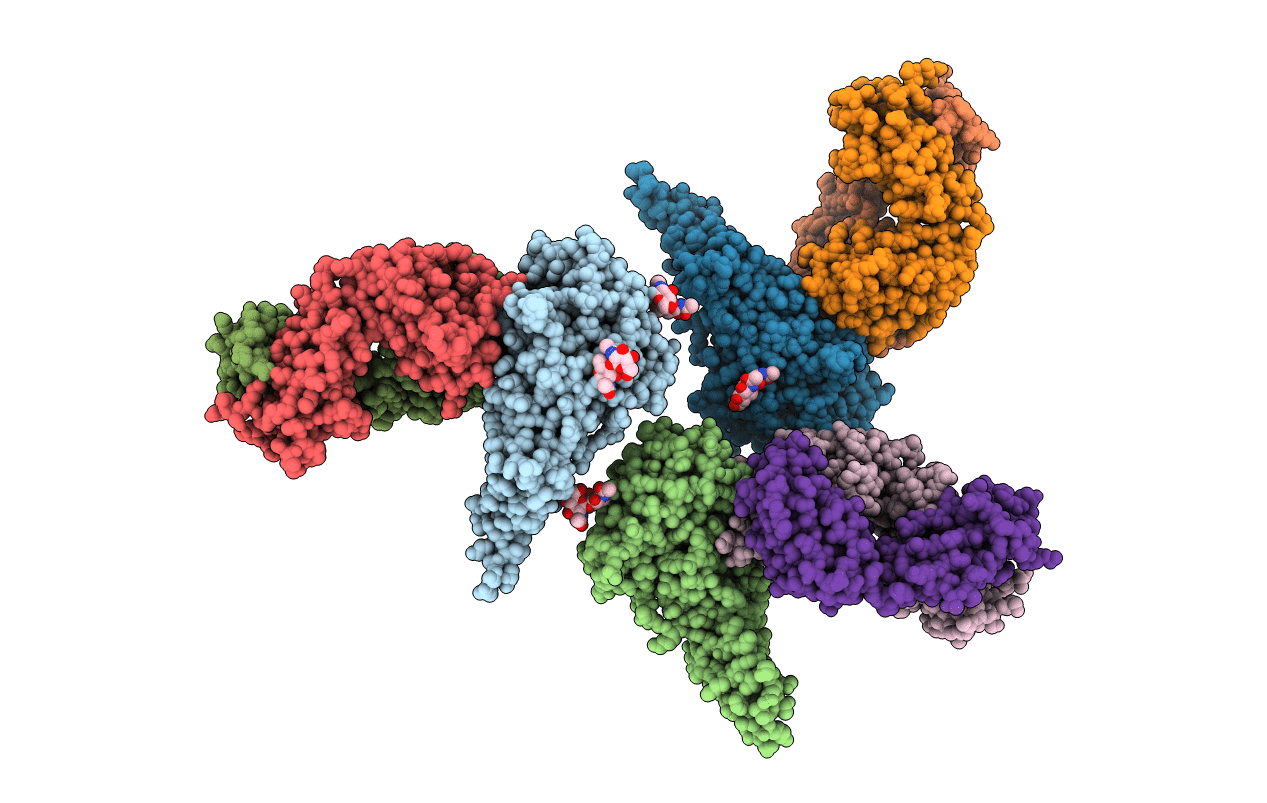
Deposition Date
2018-11-21
Release Date
2019-06-05
Last Version Date
2024-10-30
Entry Detail
PDB ID:
6N5E
Keywords:
Title:
Broadly protective antibodies directed to a subdominant influenza hemagglutinin epitope
Biological Source:
Source Organism:
Influenza A virus (Taxon ID: 11320)
Mus musculus (Taxon ID: 10090)
Mus musculus (Taxon ID: 10090)
Host Organism:
Method Details:
Experimental Method:
Resolution:
3.00 Å
R-Value Free:
0.28
R-Value Work:
0.24
R-Value Observed:
0.25
Space Group:
P 31


